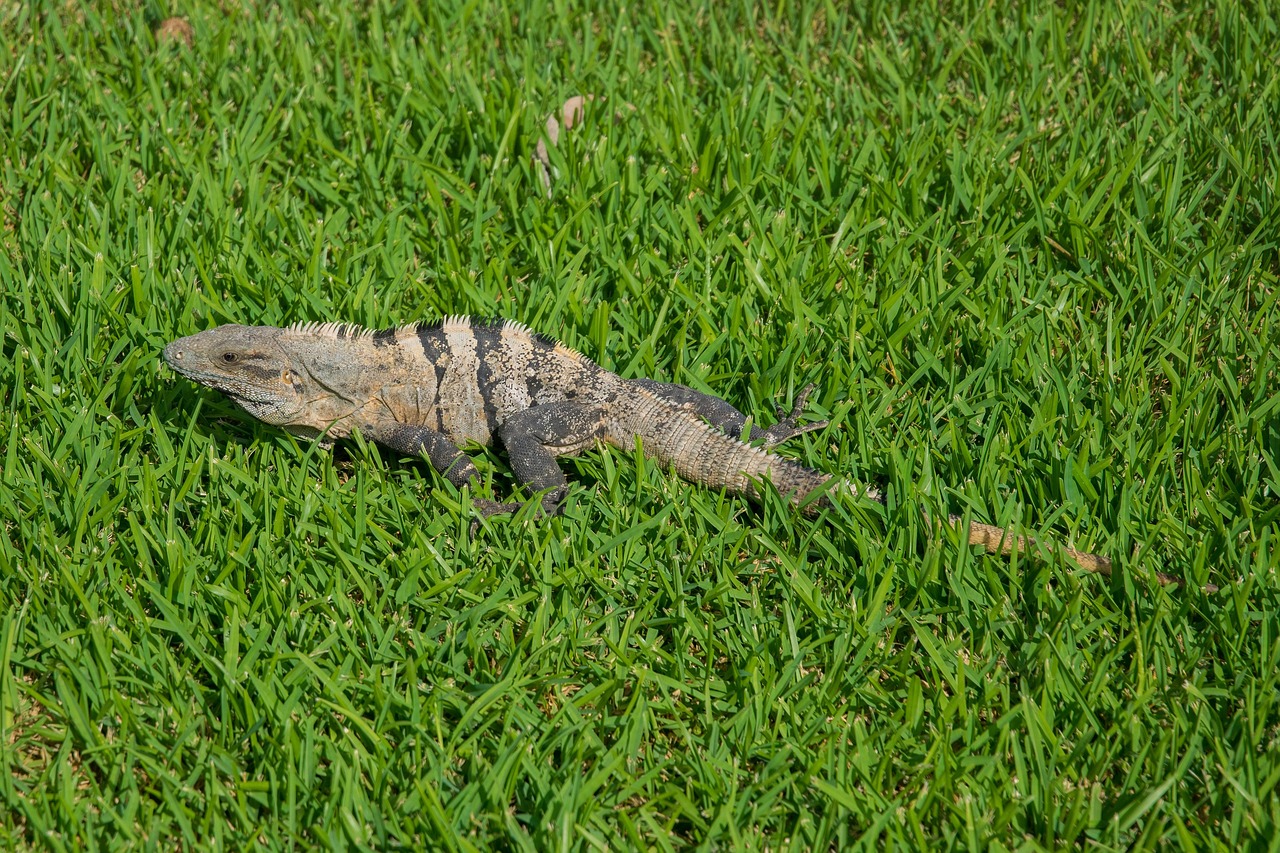Tulum, located on the Caribbean coast of Mexico, is renowned for its stunning beaches, ancient ruins, and vibrant culture. Yet, beneath the allure of its landscape lies a rich tapestry of biodiversity that is crucial for conserving countless species, particularly the majestic jaguar. The interconnections between Tulum’s natural ecosystems and the survival of the jaguar illustrate the importance of biodiversity in offering robust ecological benefits, cultural significance, and economic opportunities.
Unique Ecosystems of Tulum
Tulum boasts a variety of ecosystems, including coastal dunes, mangroves, freshwater cenotes, coral reefs, and tropical forests. Each of these environments supports a unique set of flora and fauna, contributing to the area’s immense biodiversity.
1. Coastal Dunes and Beaches:
The sandy shores of Tulum provide nesting sites for sea turtles, such as the loggerhead and green sea turtles. These dunes protect not just turtles but also various plant species that survive in the salty winds and sandy soil. This coastal ecosystem is a critical habitat that forms part of the larger Mesoamerican Reef System.
2. Mangroves:
The mangrove forests along Tulum’s coastline serve as vital nurseries for fish and other marine life. Their complex root systems help dissipate waves and protect coastlines from erosion. Moreover, they are crucial carbon sinks, mitigating climate change impacts and benefiting the entire region’s ecological health.
3. Freshwater Cenotes:
Cenotes, or natural sinkholes filled with water, support diverse aquatic life and serve as vital freshwater sources for surrounding wildlife. This unique hydrogeological formation is host to endemic species, such as various fish, amphibians, and plants, enhancing Tulum’s biodiversity.
4. Tropical Forests:
The tropical forests surrounding Tulum are home to countless species, including over 350 bird species and numerous mammals, reptiles, and amphibians. This ecosystem, rich in native plants, actively contributes to the ecological web that sustains apex predators such as the jaguar.
The Role of Jaguars in Tulum’s Ecosystem
Jaguars (Panthera onca) serve as apex predators, making them key indicators of ecosystem health. Their presence signifies a balanced habitat, as they help control populations of other species within the ecosystem, contributing to biodiversity. The following points underscore the significance of preserving jaguar populations in Tulum.
1. Top-Down Regulation:
Jaguars hunt large herbivores such as deer and peccaries. By regulating these populations, they prevent overgrazing of vegetation, which enables various plant species to thrive and fosters a balanced ecosystem.
2. Habitat Connectivity:
Jaguars need vast territories to roam, requiring interconnected habitats. Protecting areas in Tulum creates corridors for these big cats to move freely, ensuring genetic diversity and reducing the risks associated with inbreeding.
3. Symbol of Conservation:
The jaguar has cultural and spiritual significance to many communities in Mexico. As a symbol of strength and resilience, its conservation can galvanize collective action for protecting broader environmental interests.
Threats to Biodiversity and Jaguars
Despite its rich biodiversity, Tulum faces significant threats that jeopardize both its ecosystems and the jaguar population. Key factors include:
1. Urbanization:
Rapid development fueled by tourism has led to habitat loss, as natural landscapes are replaced with hotels and infrastructure. This urban sprawl not only fragments habitats but increases human-wildlife conflict.
2. Climate Change:
Rising sea levels and increasing temperatures threaten coastal ecosystems, mangroves, and cenotes. Altered rainfall patterns impact the availability of freshwater and food sources, stressing both plant and animal populations.
3. Poaching:
Illegal hunting and poaching of jaguars for their pelts and body parts significantly impact their numbers. Not only does it diminish jaguar populations, but it also disrupts predator-prey dynamics within the ecosystem.
4. Habitat Degradation:
Agricultural expansion, particularly for cattle ranching and monoculture crops, leads to habitat destruction. As natural forests are cleared, jaguars lose crucial territory, leading to population declines.
Conservation Efforts in Tulum
Addressing the threats to Tulum’s biodiversity and jaguar conservation requires targeted actions. Numerous organizations are working diligently to protect these precious ecosystems.
1. Protected Areas:
The establishment of protected areas, such as the Sian Ka’an Biosphere Reserve, aims to safeguard vital habitats for jaguars and other species. These areas promote biodiversity, allowing ecosystems to flourish undisturbed.
2. Eco-Tourism Initiatives:
Eco-tourism provides financial resources for local communities while promoting the conservation of natural resources. Tourists visiting Tulum can participate in sustainable activities, learning about the importance of biodiversity and jaguar conservation.
3. Community Engagement:
Involving local populations in conservation efforts is crucial. Educational programs aim to raise awareness about the ecological value of jaguars and the role that communities play in their protection.
4. Research and Monitoring:
Continued research on jaguar populations and their habitats facilitates data-driven conservation strategies. Monitoring these big cats through camera traps and habitat studies helps assess population health and inform management actions.
The Ripple Effect of Biodiversity Conservation
Maintaining Tulum’s biodiversity extends beyond the conservation of individual species like the jaguar; it sustains entire ecological processes.
1. Ecosystem Services:
Biodiverse ecosystems provide essential services, including clean water, pollination of crops, and carbon sequestration. Preserving these ecosystems ensures the availability of these services for future generations.
2. Climate Resilience:
A diverse array of species can enhance ecosystem resilience against climate change impacts. Integrated habitats that support various organisms are better positioned to withstand disturbances.
3. Cultural Identity and Heritage:
Conservation allows for the preservation of traditional knowledge and practices tied to biodiversity. Indigenous communities, whose identities are intricately linked to the landscape, play an essential role in the stewardship of local ecosystems.
4. Future Economic Opportunities:
A thriving ecosystem attracts tourism, promotes sustainable agriculture, and supports fisheries, creating economic opportunities while conserving natural resources.
Conclusion
The pursuit of biodiversity conservation within Tulum is not merely an ecological necessity but a moral imperative. Protecting the jaguar, a key species in maintaining ecological balance, encapsulates the broader goals of sustaining rich, diverse ecosystems. Through collaborative efforts, education, and strategic conservation initiatives, a future where both biodiversity and jaguars thrive in Tulum is attainable. The intricate web of life that includes the jaguar serves as a potent reminder of the beauty and fragility of nature, urging continued vigilance in its preservation.







